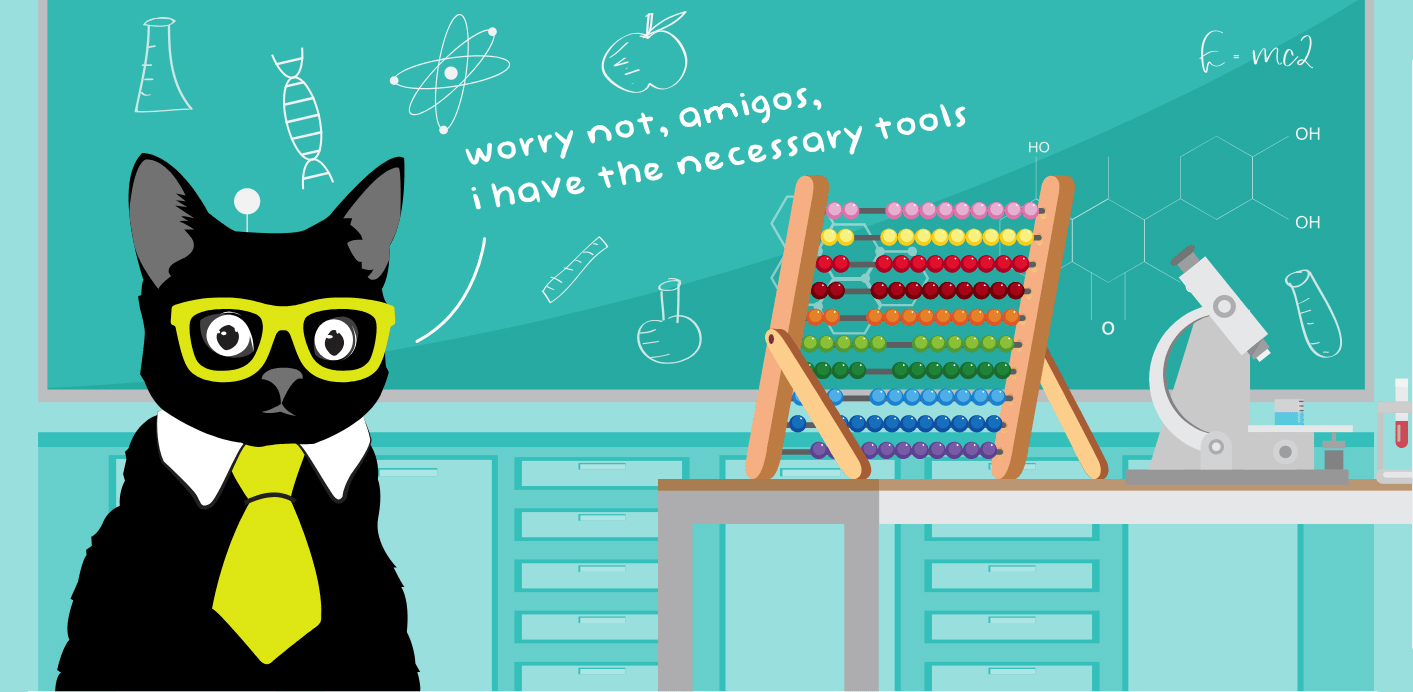Lots of factors influence customer behavior. But when it comes to what customer service channels people like best, age seems to matter the most. While it might be too simple to just look at age — it’s clear that younger generations, especially Gen Z, appreciate multichannel support. Self-service channels included.
What is self-service?
Self-service refers to a support approach that empowers customers to find information and resolve issues on their own, without the agent’s assistance.
From a company perspective, it involves providing customers with tools, resources, and channels to help them access information and address their concerns independently.
Typically, this includes FAQ sections, knowledge bases, online chatbots (including advanced AI-powered assistants), video tutorials, and Interactive Voice Response (IVR) systems.

No matter the exact self-service solution, they all form part of proactive customer service, and enable customers to:
- search for answers to their questions,
- troubleshoot common problems,
- track online orders,
- make changes to their accounts, and,
- perform other tasks without requiring assistance from a live agent.
To check whether your customer self-service resources work as intended, you might want to try calculating a customer service metric called Self-service Rate.

Customer Self-service Rate calculation
The Self-service Rate tells you how often customers can figure things out or finish tasks by themselves, without needing to be assisted by a support person.
The way you calculate this metric largely depends on your support tech stack. As already mentioned, there’s a whole bunch of self-service solutions that help customers resolve issues on their own. Customer service teams usually use a mix of tools, from knowledge bases to AI chatbots, and rightly so.
In the past, chatbots could only answer simple questions and give canned info about products or services. If customers had tougher questions, they often got annoyed because they had to be very precise to get relevant answers. And even then, they might’ve eventually left the chat without resolving their issues.
The times have changed. Today’s chatbots mix the power of artificial intelligence and automation to give more detailed and purrr-sonalized responses to your customers.

No matter the exact tools, the customer Self-service Rate is a vital performance metric in the customer service industry. It provides insights into how effectively your self-service resources are assisting customers.
High Self-service Rates typically indicate that your customers can find the basic information that they need without requiring human intervention, which could result in cost savings and increased customer satisfaction. Now, go ahead and try to calculate yours:
(Knowledge base sessions + Chatbot sessions + FAQ page visits) / Total support tickets = Self-service Rate

Why should you provide self-service?
Creating self-service options channels with a ton of benefits for both you and your customers. Here are just a few examples:
- Lowering the Ticket Volume and support costs
- Speeding up resolution time
- Offering support 24/7
Lowering the Ticket Volume and support costs
For starters, letting customers help themselves is a smart way to get fewer support tickets and save money. A few years back, a study from Gartner found that each contact via phone, live chat, or email costs about $8.01. This cost seems really high when you compare it to the 10 cents per contact it costs when customers use a self-help option like a knowledge base.
What’s more, customers like learning and being able to find info and solve problems on their own. Studies say that nearly half of the customers asked would rather figure out problems by themselves than ask for help.
But, it’s important to say that the same number of customers have had problems with self-help options because the information given wasn’t enough.
Key takeaway? If you want to offer self-service options, make sure to do it right. Keep reading to find out how.

Speeding up the resolution time
Apart from a lower Ticket Volume, self-service tools like a knowledge base can help eliminate the waiting time associated with support tickets or calls, as customers can find answers instantly.
Even when customers still ask common questions, sending them a helpful article from your knowledge base can solve their problem faster and more often on the first try, compared to lots of back-and-forth chats. Also, when you pair valuable information from your knowledge base with AI and automation, you can save a bunch of time and effort for your customers and the entire company.
![]()
Offering support 24/7
One of the best things about self-service options is that they let your customers get help, even when your support team isn’t there. This is really handy if you serve customers in different time zones — such resources are easy to access and don’t need anyone to watch over them. But, you do need to make sure everything is kept up-to-date — which isn’t always the easiest task.

The challenges of customer self-service
Technology plays a valuable role in empowering customers to find quick answers and resolve simple issues on their own. It offers convenience and efficiency, allowing customers to get support whenever they need it, even outside of regular business hours.
However, it’s important to note that self-service should complement, rather than replace, traditional customer support. Some complex or unique issues may still require human interaction and personalized assistance from customer service representatives. When customers reach that point where technology can no longer provide a satisfactory resolution, it is crucial to smoothly transition them to a live customer service representative.

But, taking the human aspect of support out of the equation, there are still quite a few challenges to address:
- Adoption: Some customers may be un-fur-miliar or hesitant to use self-service tools. It can take time and effort to encourage customers to try these options and overcome any resistance to change.
- Accessibility: Self-service tools should be user-friendly and accessible to customers of different technical abilities. Ensuring ease of use and providing clear instructions can help overcome accessibility challenges.
- Maintenance: Keeping self-service platforms up to date with accurate and relevant information requires ongoing effort. It’s crucial to regularly review and update knowledge bases, FAQs, and other resources to reflect the latest products, services, and solutions.
- Technology: Self-service tools rely on tech infrastructure, and technical issues can arise, causing disruptions or hindering the customer service experience. Regular maintenance and prompt resolution of technical problems are essential.
- Personalization: Self-service channels may lack the personal touch of interacting with a human representative. Some customers prefer the reassurance and empathy that come with direct communication, particularly for sensitive or emotionally charged issues.
To eliminate these challenges, make sure to continuously promote and update customer resources, invest in reliable customer service software, and strive to maintain a balance between self-service and human interactions.

How to provide self-service options & improve your Self-service Rate?
Providing self-service options is a strategic move for companies. To do it right, consider the following:
Identify what your self-service resources need to cover
A good place to start is to think about:
- The steps customers take when they first use your product or service. It’s a great place to start for your resources, as it’s the first interaction customers have with your product or service. You can include step-by-step guides, pictures, or even videos to help guide customers through this process.
- The common questions that all customers will ask about your product or company. They could be about how to use certain features, how to troubleshoot common problems or questions about your company policies. You could look through past customer service tickets to find out what these common questions are, and ask your customer service team for their input.
When you have a list of potential topics, put them in order based on how important they are for your customers — and your business. Don’t worry if your self-service options don’t answer every single question right away. Begin with the most urgent topics and slowly add more based on what your customers need.

Decide what self-service resources to create
These could technically even be Word documents, PDFs, or shared folders on Google Drive. If you don’t mind struggling with content updates, that is.
The most popular self-service options are:
- Website FAQ: An easily accessible and comprehensive FAQ (Frequently Asked Questions) page on a company’s website is a simple but effective self-service channel. It allows customers to find answers to common questions without needing to contact customer service.
- Knowledge Base: A more elaborate form of an FAQ page, a knowledge base is a re-paw-sitory of articles, how-to guides, tutorials, and troubleshooting advice. This can be particularly useful for tech companies with complex products.
- Online Forums/Community Platforms: Some companies use forums or community platforms where customers can ask questions and get answers from other customers. This can be especially useful for more complex products or services where users have developed their own solutions and workarounds.
- Chatbots: AI-powered chatbots can provide 24/7 assistance and handle routine queries, freeing up support agents to handle more complex issues.
- Virtual Assistants: These AI-powered tools can perform a wide range of tasks, from answering simple queries to scheduling appointments, helping customers navigate websites, or guiding them through complex processes.
- Automated Phone Systems: IVR (Interactive Voice Response) systems can handle basic inquiries over the phone, such as account balance checks or operating hours, without requiring human assistance.
- Customer Self-Service Portal: These are secure websites where customers can manage their accounts, make purchases, schedule appointments, and more.
- Mobile Apps: A well-designed mobile app can provide a broad range of self-service support tools, from making purchases to managing accounts to getting customer support.
The specific self-service options your company should provide will depend on the nature of your business and the needs of your customers. But in all cases, it’s important to ensure these customer self-service options are easy to use, clearly communicated, and genuinely helpful.

Promote and improve your self-service resources
Congrats, the foundation of your self-service strategy is ready. But the work doesn’t end here.
If you want customers to use your help articles, they need to know they’re there. The least you can do is to encourage your support team to mention knowledge base articles when they’re talking to customers and show the chatbot option in your live chat.
Now, you’ll want to find out how customers are using self-service resources so you can see what’s missing and make it better. Look at things like:
- Self-service Rate
- Ticket Volume
- What customers are searching/asking for
- The most visited articles in the knowledge base
- Knowledge base searches or chatbot inquiries that didn’t give any results
Make sure to check your help resources regularly to keep them up-to-date. This means adding new articles when you release new features or products, taking out old information, and writing a new article when you get many support requests about a question that isn’t covered yet.

Your customers prefer self-service channels. Do you?
Self-service resources offer a powerful way to provide their customers with the answers they need, anytime and anywhere. By making information easily accessible, you can not only reduce Ticket Volumes and support costs but also improve resolution times and offer round-the-clock support.
However, self-service should not replace human customer service support entirely. Some problems may still need the human touch, and when such issues arise, you need to ensure a smooth transition from self-service to human assistance.
If you decide to provide self-service options, remember it’s crucial to do it right. Think carefully about what your resources need to cover, decide on the right formats, and then work on promoting and improving your resources. Regular updates and reviews are essential to ensure they remain relevant and useful.
By focusing on delivering high-quality customer experience every time, whether through self-service resources or thanks to customer service reps, you can build stronger relationships and improve customer satisfaction. So why wait?




